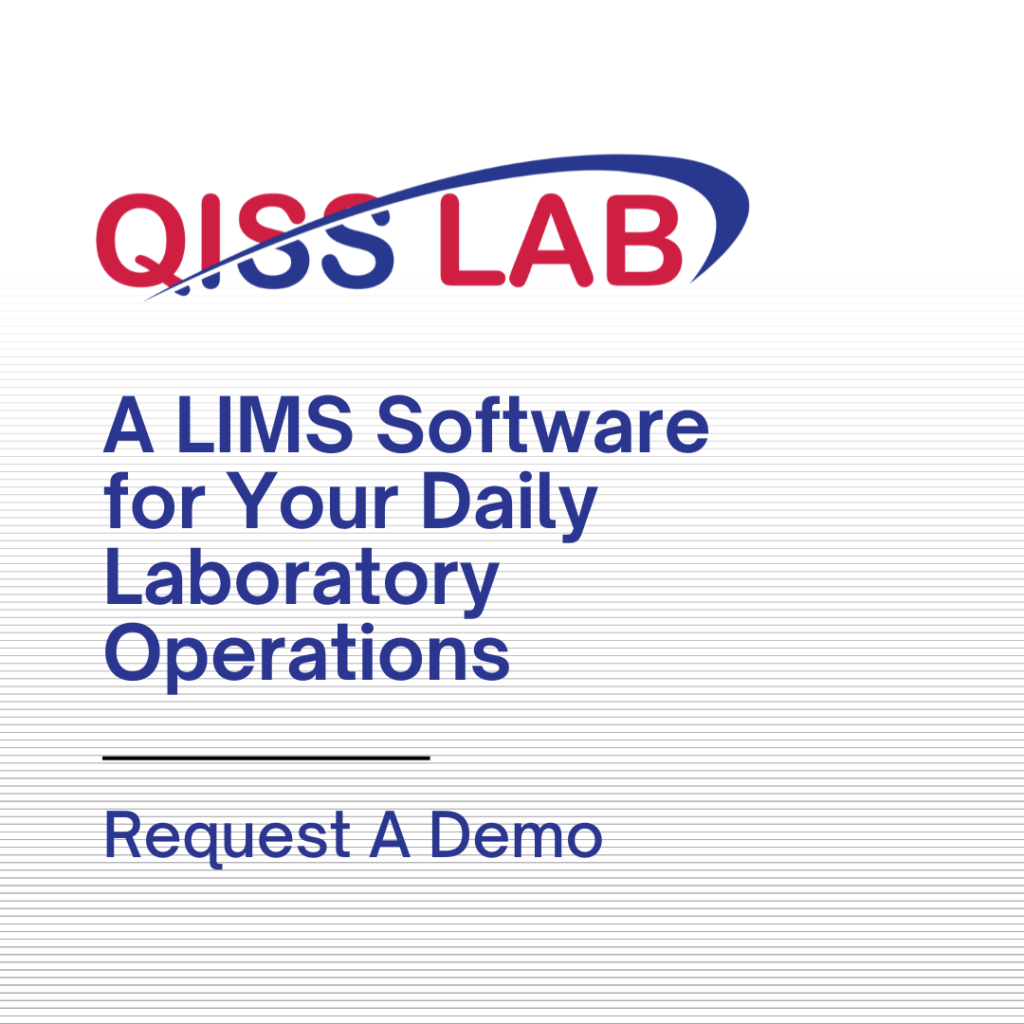In today’s interconnected world, businesses don’t just rely on their own internal processes to deliver quality- they rely on a whole network of suppliers too. And while supplier quality management (SQM) is a huge part of ensuring consistent compliant outcomes, one of the most powerful tools behind it all is document control.
If that term immediately conjures up images of dusty filing cabinets and endless approval chains, don’t worry- this isn’t about bureaucratic bottlenecks. This is about building a solid framework of trust, accountability, and clarity that stretches across the entire supply chain. Done right, document control is what keeps things from falling through the cracks.
Let’s take a closer look at why document control is essential in supplier quality management- and how it can be the difference between smooth operations and a regulatory nightmare.
What is Document Control in Supplier Quality Management?
Primarily, document control is about managing the creation, approval, distribution and lifecycle of critical documents. In the context of SQM, this includes things like:
- Supplier audit reports
- Quality agreements and technical specifications
- Certificates of compliance
- Non-conformance reports
- SOPs (standard operating procedures)
- CAPA (corrective and preventive action) records
These documents guide everything from material sourcing and testing protocols to how deviations are handled. But more importantly, they serve as the paper (or digital) trail that proves you’re meeting regulatory requirements and industry standards.
Compliance Starts with Consistency
Regulators don’t take documentation lightly, and neither should you. Standards like ISO 9001, FDA’s 21 CFR Part 11, and IATF 16949 all require robust documentation practices, particularly when it comes to supplier quality.
When auditors come knocking, one of the first things they’ll look at is your documentation:
- Are your supplier approvals up to date?
- Can you show a record of how a non-conformance was handled?
- Are procedures version-controlled and regularly reviewed?
Without proper document control, even a small oversight can escalate into something serious- product recalls, failed audits, lost certifications, or even public safety risks.
Furthermore, consistent documentation gives your team (and your suppliers) a common language. It prevents confusion, reinforces expectations, and keeps everyone aligned—even across different time zones or regulatory environments.
Why it’s so Easy to Get Document Control wrong?
Despite its importance, document control often becomes messy—especially in organizations that work with a wide range of suppliers. Some common pitfalls include:
1. Decentralized practices
Different departments or regions might have their own ways of managing documents. That creates inconsistencies and makes auditing a nightmare.
2. Inconsistent formats
A quality agreement from Supplier A looks nothing like the one from Supplier B. That might seem harmless—until something goes wrong and no one can figure out which version was approved.
3. Language and cultural barriers
Misinterpretation of documents can cause costly errors, especially when working with international suppliers.
4. Manual handling
Relying on email threads, spreadsheets, or shared drives increases the risk of lost files and outdated versions.
5. Lack of visibility
It’s common for organizations to have little insight into how their suppliers manage documents on their end. That’s a blind spot that can easily lead to non-compliance.
Getting it Right: Best Practices for Strong Document Control
So, how do you tighten up document control without making it feel like red tape? Here are some proven strategies:
1. Standardize Everything
Use consistent templates, file naming conventions, and document categories. This makes it easier for everyone to find what they need, and reduces the risk of misinterpretation.
2. Implement Version Control
Keep clear records of changes, who approved them, and when. Outdated documents should be archived, not floating around in inboxes.
3. Clarify Responsibilities
Who creates the document? Who reviews it? Who gives final approval? Everyone should know their role.
4. Set Review Schedules
Documents shouldn’t gather dust. Set automated reminders for periodic reviews, especially for high-impact materials like quality agreements and audit reports.
5. Use a Centralized Platform
A secure, cloud-based document control system gives your internal teams and suppliers a single source of truth. No more digging through shared drives or wondering if the version you have is the latest.
Tech to the Rescue: How Digital Tools Elevate Document Control
Managing supplier documents manually just isn’t scalable anymore, especially if you’re dealing with dozens (or hundreds) of vendors.
Modern Supplier Quality Management Systems (SQMS) and Laboratory Information Management Systems (LIMS) now come with robust document control features that include:
- Role-Based Access Control: Only the right people can view or edit sensitive documents
- Audit Trails: Automatically track every change, comment, or approval with timestamps
- Real-Time Collaborations: Share documents instantly across geographies, with updates synced immediately.
- E-Signature Integration: Ensure documents are signed and approved in line with digital compliance laws like eIDAS or 21 CFR Part 11.
It’s About More Than Compliance—It’s About Culture
Ultimately, document control is not just a system or a software feature- it’s a mindset. A culture of quality requires transparency, responsibility, and a shared commitment to getting things right the first time.
This means training your internal teams and your suppliers alike to understand why documentation matters; not just how to fill out a form. It means creating feedback loops where documents evolve alongside processes. And it means treating document control not as a box to tick, but as a tool for continuous improvement.
Conclusion
Supplier quality management is only as strong as the documentation that supports it. From audit trails to quality agreements, every piece of paper (or byte of data) plays a part in ensuring consistency, compliance, and clarity across the supply chain.
So if your current system feels fragmented, outdated, or overly manual, take it as a sign. Start reviewing your document control processes. Align them with your quality goals. And most importantly, make them a living part of your supplier relationships, not just something you deal with when an audit is around the corner.
Because in the end, good documentation isn’t just about proving you did the right thing. It’s about making sure the right thing gets done, every time.



